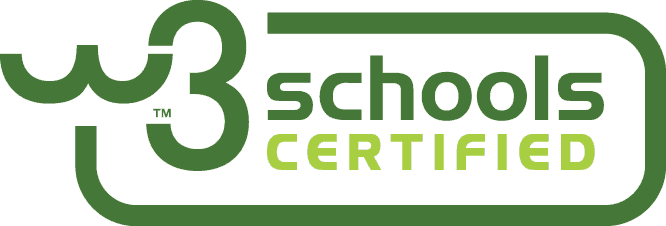work
Geo Trice Media
Pensacola,
FL
32503
Google Map
info@geotrice.com
sales@geotrice.com
webmaster@geotrice.com
work
(850) 912-9669
fax
(678) 606-4308
View my online contact card.
Bookmark this Site! (Ctrl+D)
Bookmark this Site! (Ctrl+D)
Copyright 2024. www.geotrice.com. All Rights Reserved.
